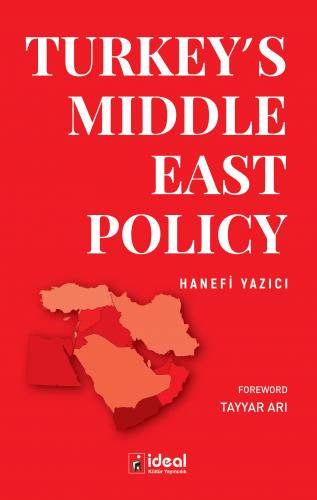Turkey's Middle East Policy
Since the beginning of the Arab Spring, whether or not the "Turkish Model" will be the best democratic model for the countries in the Middle East has become one of the crucial discussion issues. However, it has caused misperceptions because of the misinterpretation of the model. The study claims that the full application of the “Turkish Model" to the Middle Eastern countries is not possible due to cultural and political differences; however, despite these differences, the “Turkish Model" is a good alternative for several areas such as the state-religion relations, economic development and advanced democracy.
This book focuses on the global and regional effects of the Arab Spring in Egypt and particularly in Syria examining both advantages and disadvantages of the Arab Spring for Turkey's Middle East Policy. This book, thus, is an intellectual effort to comprehend Turkish foreign policy in the Middle East in recent times. The events in the Middle East are moving so quickly as usual. It is also quite difficult thinking about a focus that would not be different in a few months in the region. I hope that this book will serve as guide in understanding Turkey's foreign policy in the Middle East during the Arab Spring.

Since the beginning of the Arab Spring, whether or not the "Turkish Model" will be the best democratic model for the countries in the Middle East has become one of the crucial discussion issues. However, it has caused misperceptions because of the misinterpretation of the model. The study claims that the full application of the “Turkish Model" to the Middle Eastern countries is not possible due to cultural and political differences; however, despite these differences, the “Turkish Model" is a good alternative for several areas such as the state-religion relations, economic development and advanced democracy.
This book focuses on the global and regional effects of the Arab Spring in Egypt and particularly in Syria examining both advantages and disadvantages of the Arab Spring for Turkey's Middle East Policy. This book, thus, is an intellectual effort to comprehend Turkish foreign policy in the Middle East in recent times. The events in the Middle East are moving so quickly as usual. It is also quite difficult thinking about a focus that would not be different in a few months in the region. I hope that this book will serve as guide in understanding Turkey's foreign policy in the Middle East during the Arab Spring.
